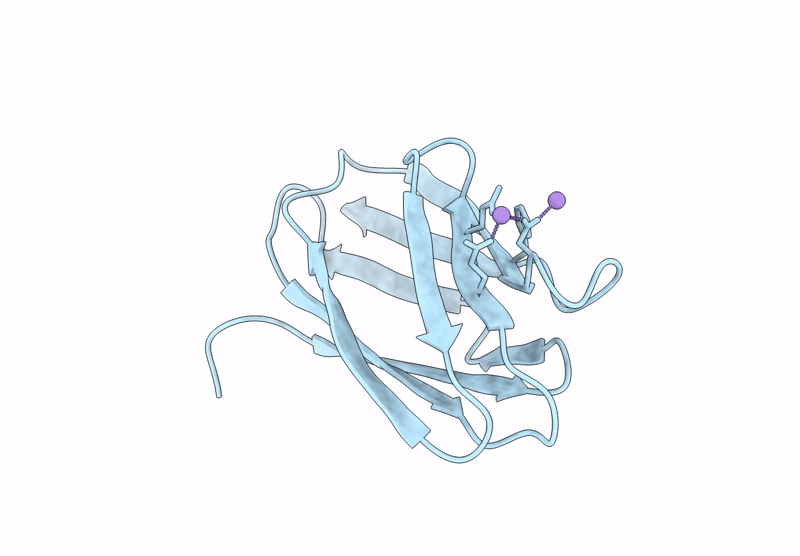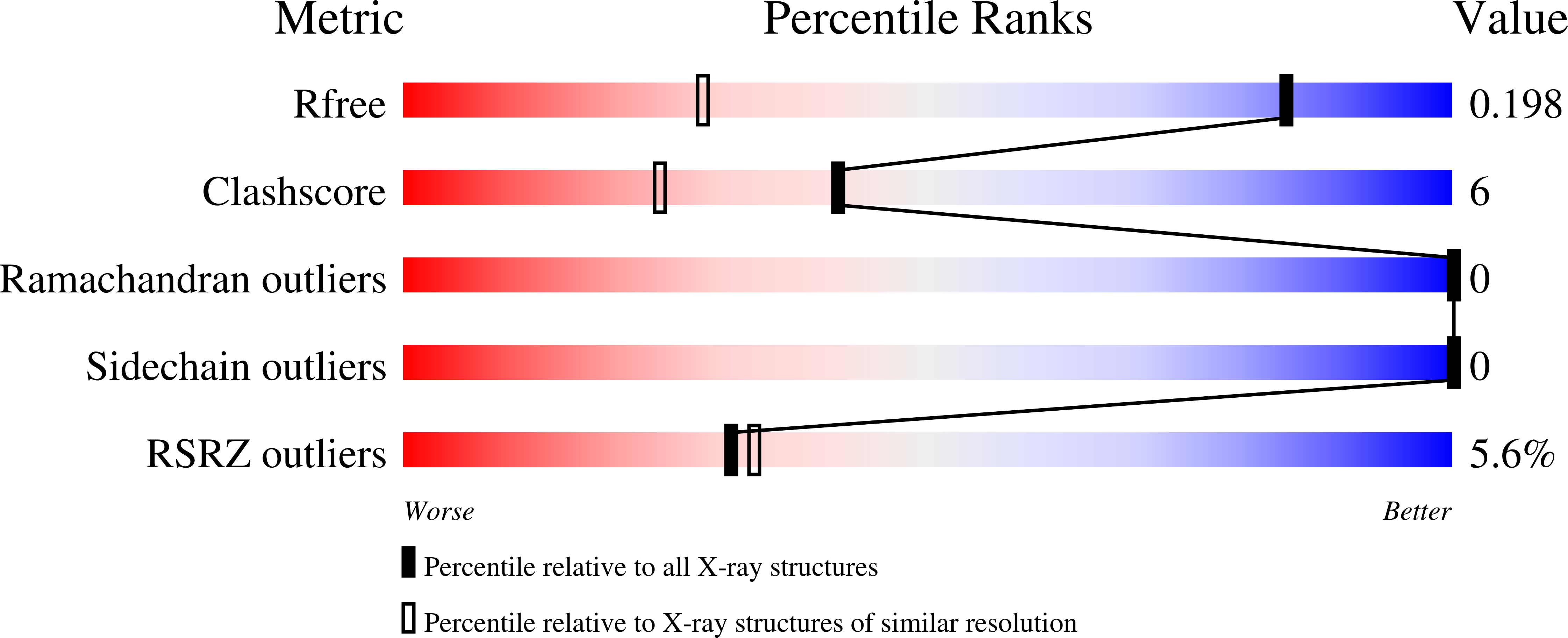
Deposition Date
2024-01-29
Release Date
2025-01-22
Last Version Date
2025-08-06
Entry Detail
PDB ID:
8VUK
Keywords:
Title:
The crystal structure of Brucella abortus FtrB at 1.3 Angstrom resolution
Biological Source:
Source Organism:
Brucella abortus (Taxon ID: 235)
Host Organism:
Method Details:
Experimental Method:
Resolution:
1.30 Å
R-Value Free:
0.19
R-Value Work:
0.17
R-Value Observed:
0.18
Space Group:
P 1


